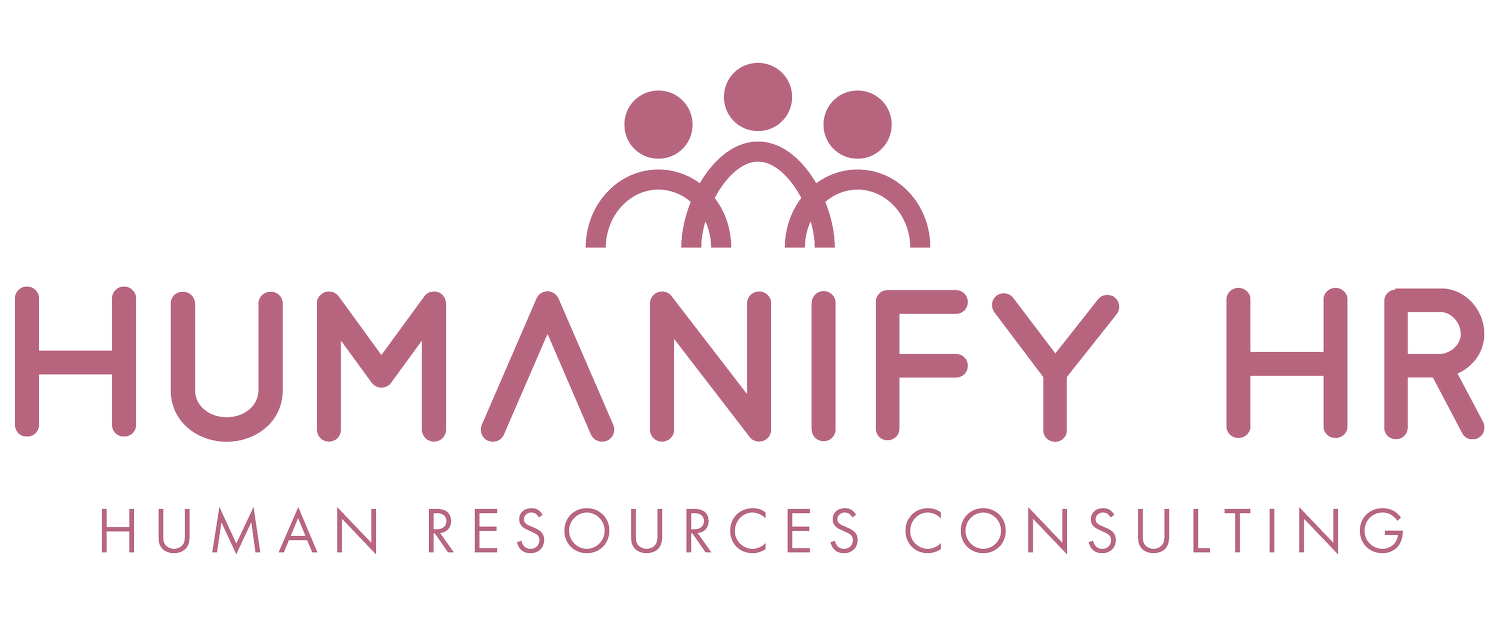Understanding Individual Flexibility Agreements
With the increase of flexible working over the past few years, many organisations and employees are adopting more flexible ways of working. However, as flexibility is introduced into many workplaces, if not well managed it can create problems for productivity, wellbeing and performance.
Many employers are discovering that a ‘one-size-fits-all’ approach to flexibility is not working for their organisations or employees.
What if there was a way to create flexible working arrangements that met the unique needs of both the individual employee and organisation?
Well, the solution may just be the not-so-well-known Individual Flexibility Agreements (IFA’s). An IFA is a workplace relations mechanism that is now being more regularly utilised by employers and employees who want to create flexible working arrangements that genuinely meet the needs of the organisation and employee.
What is an Individual Flexibility Agreement (IFA)?
Individual Flexibility Agreements (IFA’s) are used to set different working arrangements that better suit the needs of both the employer and employee. An IFA is a requirement of all enterprise agreements, other registered agreements and awards. The Fair Work Commission requires the inclusion of a model flexibility term in these instruments, set out by Sections 202-204 of the Fair Work Act 2009:
An enterprise agreement must contain a term that allows an employee and their employer to make an individual flexibility agreement (IFA) which varies the effect of terms of the agreement in order to meet the genuine needs of the employer and the individual employee. This is known as a flexibility term.
Importantly, an IFA cannot be used to reduce an employee’s entitlements. The employer is required to ensure that the employee is better off overall under the IFA then in comparison to the enterprise agreement or award at the time the IFA is made.
What types of arrangements do IFA’s normally cover?
The versatility of an IFA is surprising for many, with IFA’s being able to be made on a wide range of matters. An IFA is one of the most underutilised workplace relations mechanisms in Australian organisations, who sometimes do not fully understand the scope an IFA provides to achieve genuine flexibility that benefits both parties to the employment relationship.
The standard model flexibility term enables employers and employees to make an IFA if it deals with one or more of the following matters:
a) arrangements about when work is performed;
b) overtime rates;
c) penalty rates;
d) allowances; and
e) leave loading.
Those organisations who do understand the benefits of IFA’s, will often negotiate into enterprise agreement additional matters or areas that an IFA can cover (ie: flexible working arrangements). This enables both employers and employees to broaden the scope of the IFA and use it to cover off a range of potential scenarios that might arise during the term of the enterprise agreement that may require flexibility and trigger the use of an IFA.
How is an IFA made?
An IFA is made on request of an employee to the employer, or alternatively the employer may request an employee enter into an IFA. To comply with the Fair Work Act 2009 an IFA must be made:
a) in writing;
b) include the name of the employer and employee;
c) is signed by the employer and employee (including by a guardian if the employee is under 18 year of age;
d) set out the terms that are varied by the IFA, including the detail and how the employee is better off overall under the IFA;
e) state the date that the IFA commences.
Importantly, the process of making an IFA is not a unilateral one – where for example the employer dictates the terms of what will be included in the IFA. For an IFA to be validly made, it requires genuine agreement from both the employee and employer.
How is an IFA terminated?
The process for IFA termination is simple. An IFA is not required to, for example, be lodged with the Fair Work Commission. It is an arrangement that can be managed internally by an organisation. This is what is often compelling about using an IFA, that it provides an option to alter the terms of an enterprise agreement or other instrument in a flexible way without having to externally seek approval or register the IFA.
To terminate an IFA, provided the employer and employee both mutually agree an IFA can be terminated in writing at any time. Alternatively, an IFA may be terminated by either the employee or employer providing no more than 28 days’ notice of the intention to terminate the IFA.
What’s next for IFA’s?
IFA’s have been a feature of our workplace relations system in Australia for many years. As more employers and employees seek out more genuine ways to achieve flexibility, the popularity of the IFA is only set to increase.
More information
Are you looking to enter into an IFA or would like more information? We have an IFA template and can also provide you with tailored advice to suit your needs. Contact us at hello@humanifyhr.com.au to see how we can help. To be the first to know about workplace relations updates and HR resources, you can subscribe to our mailing list here.
Disclaimer: The material contained in this article is provided as general information only. It is not, nor is intended to be legal advice. If you wish to take any action based on the content of this article, we recommend that you seek professional advice that considers your specific context, needs and requirements.


